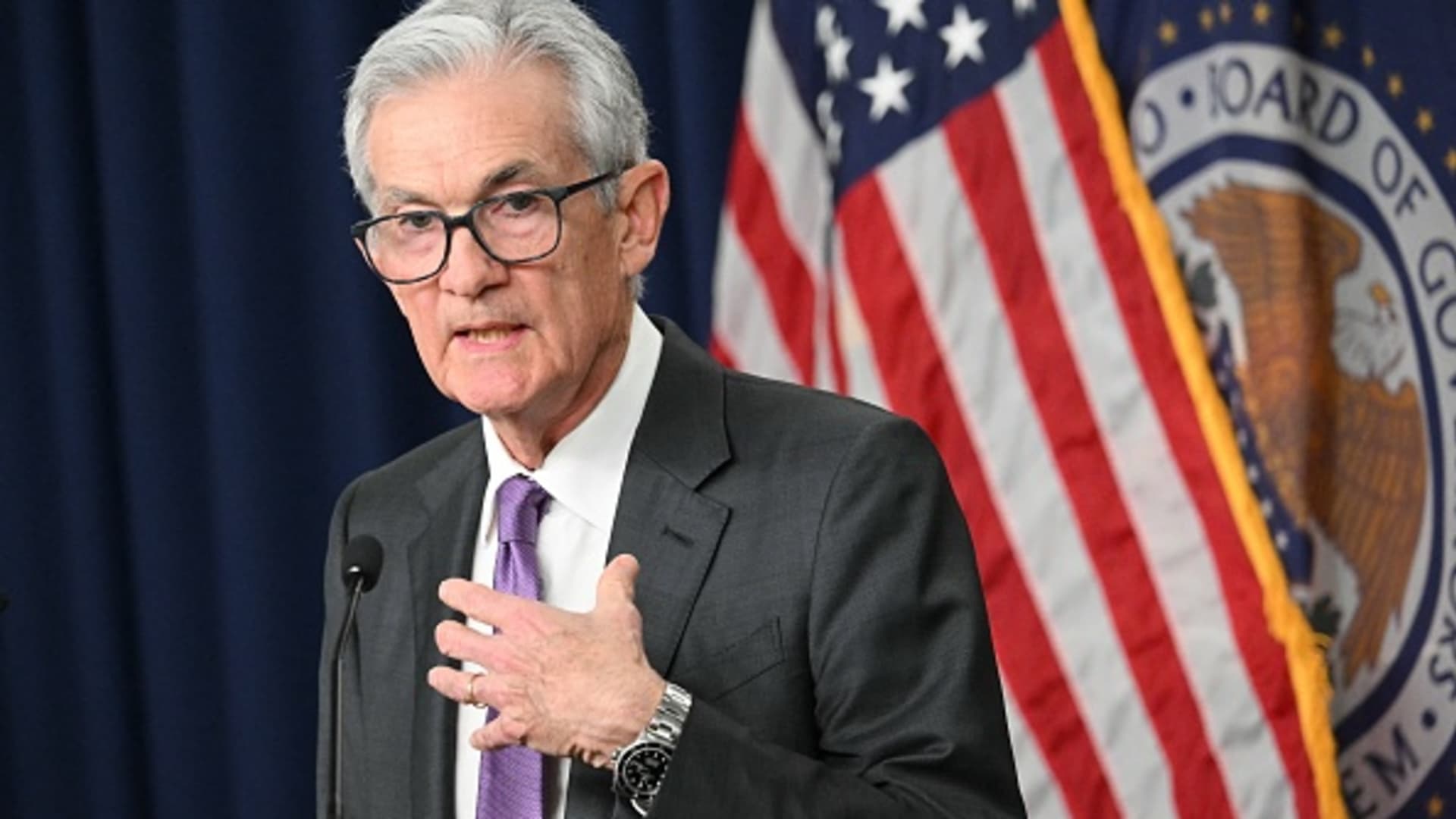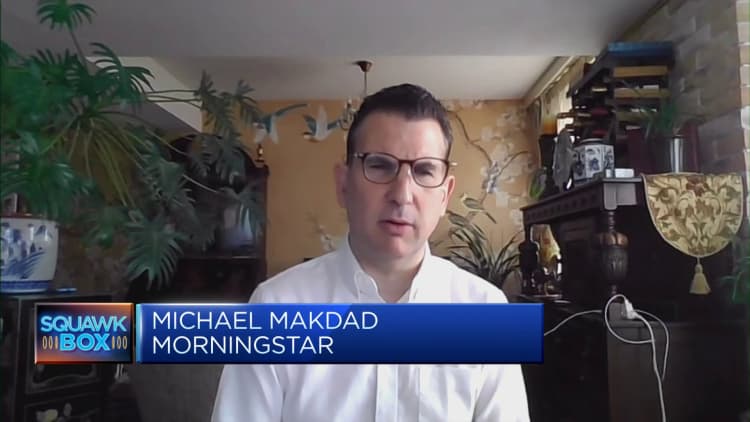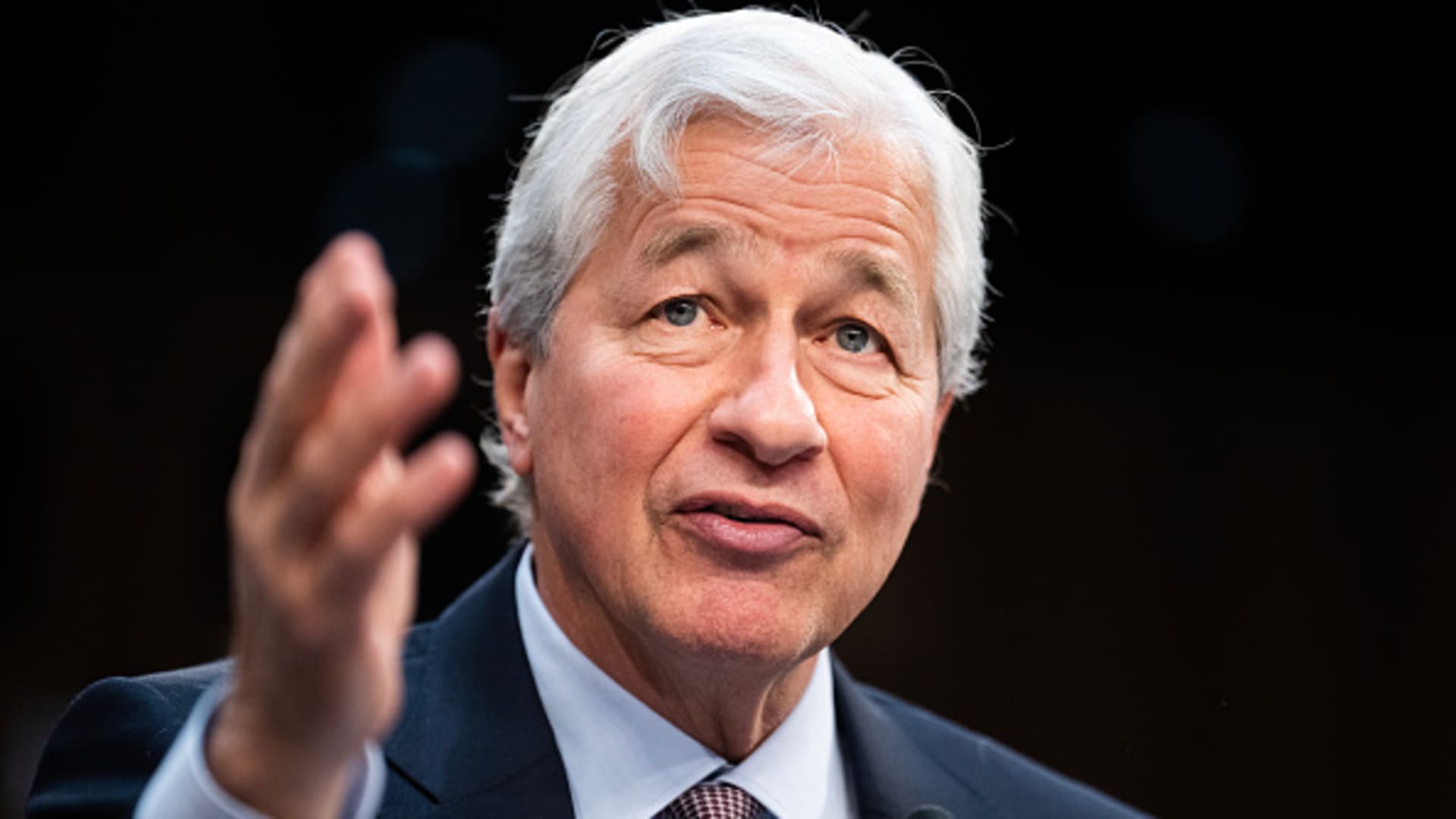WASHINGTON – The Federal Reserve stuck to its interest rate stance on Wednesday, again opting against cutting rates as it continues the battle against inflation that has become more difficult of late.
In a widely expected move, the Federal Reserve kept its benchmark short-term lending rate in a target range of between 5.25% and 5.50%. The federal funds rate has been at this level since July 2023, when the Fed last hiked, bringing the range to its highest level in more than two decades.
The Federal Open Market Committee, which sets interest rates, has voted to slow the pace at which it is reducing bond holdings on the central bank’s huge balance sheet, in what could be seen as a gradual easing of monetary policy.
In deciding to hold the line on interest rates, the committee noted in its post-meeting statement that there is a “lack of further progress” in bringing inflation back to its 2% target.
“The Committee does not believe that it will be appropriate to reduce the target range until it has gained greater confidence that inflation is moving sustainably toward 2 percent,” the statement said, reiterating the language it had used after the January and March meetings.
The statement also changed the characterization of its progress toward its dual mandate of stable prices and full employment. The new wording goes back a bit, saying the risks of achieving both “have evolved to a better balance over the past year.” Previous statements said risks were “moving into better equilibrium.”
Beyond that, little has changed in the statement, with economic growth moving at a “solid pace” with “strong” employment growth and “low” unemployment.
Chairman Jerome Powell pointed out at the press conference following the decision that prices were still rising too quickly.
“Inflation is still too high,” he said. “Further progress in the fight is not assured and the path forward is uncertain.”
However, investors were pleased with Powell’s comment that the Fed’s next move was “unlikely” to be a rate hike. The Dow Jones Industrial Average jumped after the comments, rising as much as 500 points. He also stressed the need for the committee to take its decisions “session by session.”
On the balance sheet, the committee said that starting in June it would slow the pace at which it would allow maturing bond proceeds to flow without reinvestment.
“Quantitative tightening”
In a program nicknamed “quantitative tightening” launched in June 2022, the Fed had allowed up to $95 billion in proceeds to flow out of maturing Treasury bonds and mortgage-backed securities each month. The process has caused the central bank’s balance sheet to fall to about $7.4 trillion, down $1.5 trillion from its peak around mid-2022.
Under the new plan, the Fed will reduce the monthly limit on Treasury borrowings from $60 billion to $25 billion. This would bring the annual reduction in inventories to $300 billion, compared to $720 billion since the program began in June 2022. Potential mortgage discharge would remain unchanged at $25 billion per month, a level that was only achieved in rare cases.
QT was a way in which the Fed tightened conditions following the rise in inflation as it retreated from its role of ensuring the flow of liquidity through the financial system by purchasing and holding large amounts of Treasuries and Treasuries. The reduction in the balance sheet roll-off can therefore be seen as a slight relaxation measure.
The key interest rate determines how much banks charge each other for daily loans, but is also incorporated into many other consumer loan products. The Fed uses interest rates to control the flow of money, with the intent that higher interest rates will dampen demand and thus help lower prices.
However, consumers have continued to spend, increasing their loan debt and reducing their savings as stubbornly high prices eat into household finances. Powell has repeatedly highlighted the devastating effects of inflation, particularly for those on lower incomes.
Prices outside the top level
Although price increases are far from their peak in mid-2022, most data so far for 2024 shows inflation well above the Fed’s annual target of 2%. The central bank’s main indicator shows an inflation rate of 2.7% per year – 2.8% if you exclude food and energy in the critical core measure that the Fed is particularly focused on as a signal of longer-term trends.
At the same time, gross domestic product grew at a slower-than-expected annual rate of 1.6% in the first quarter, raising concerns about possible stagflation due to high inflation and slow growth.
Most recently, the Labor Department’s labor cost index posted its biggest quarterly increase in a year this week, triggering another shock in financial markets.
As a result, traders had to drastically adjust their interest rate expectations. At the beginning of the year, markets priced in at least six rate cuts that were supposed to have started in March. All that is now expected is a rate cut, which is unlikely to occur until the end of the year.
Fed officials have been nearly unanimous in their calls for patience in easing monetary policy as they await confirmation that inflation is comfortably returning to target. One or two officials have even mentioned the possibility of a rate increase if the data doesn’t match. Atlanta Fed President Raphael Bostic was the first to say explicitly that he expects only one rate cut this year, probably in the fourth quarter.
In March, FOMC members planned three rate cuts this year, estimating quarter percentage points, and will not have a chance to update that call until the June 11-12 meeting.
Correction: The Federal Reserve has kept its key short-term lending rate within a targeted range of between 5.25% and 5.50%. In a previous version the range was specified incorrectly. The Fed’s next meeting will be June 11-12. An earlier version incorrectly stated the date.
Don’t miss these exclusives from CNBC PRO
Source link
2024-05-01 19:28:04
www.cnbc.com














